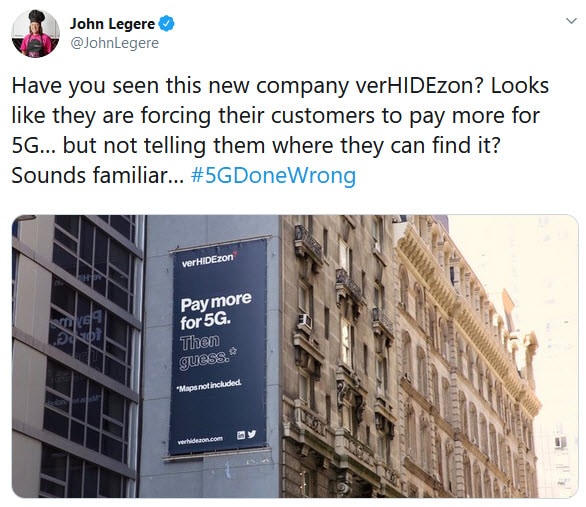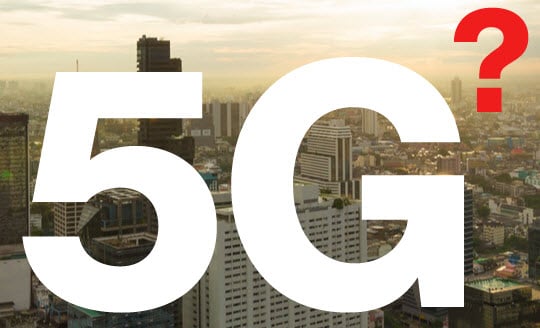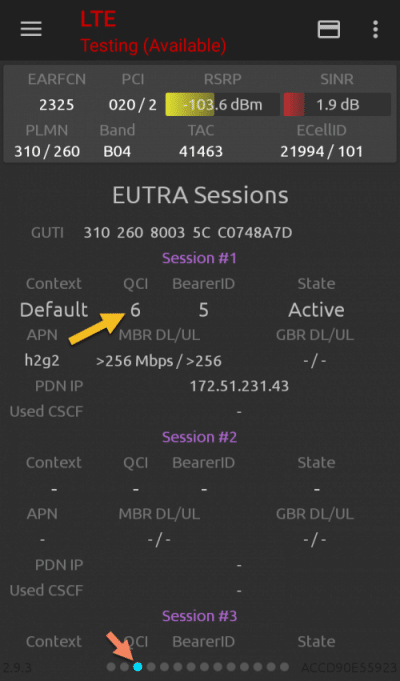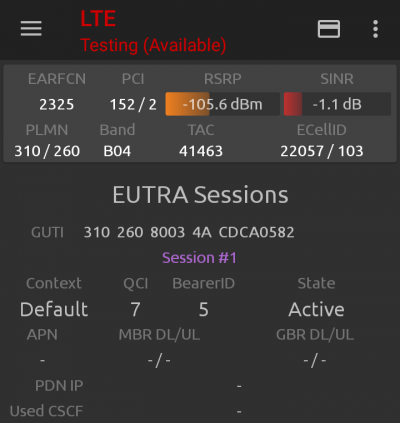T-Mobile just started a satirical ad campaign criticizing Verizon. T-Mobile’s CEO, John Legere, kicked the campaign off with this tweet:

The ad campaign criticizes Verizon for its decision to charge a premium for 5G service without publishing a map of areas where 5G service is available. The website for the campaign, VerHIDEzon.com, has some entertaining content:


T-Mobile makes a good point. It’s silly for Verizon to charge for 5G service without publishing information that indicates the extent of Verizon’s 5G coverage. Still, I find the campaign kind of odd. Neither company has much 5G coverage at the moment. Almost no one is using 5G-compatible phones yet. It may make business sense for T-Mobile to run the campaign today, but more time will need to pass before 5G has a lot of relevance for typical consumers.














